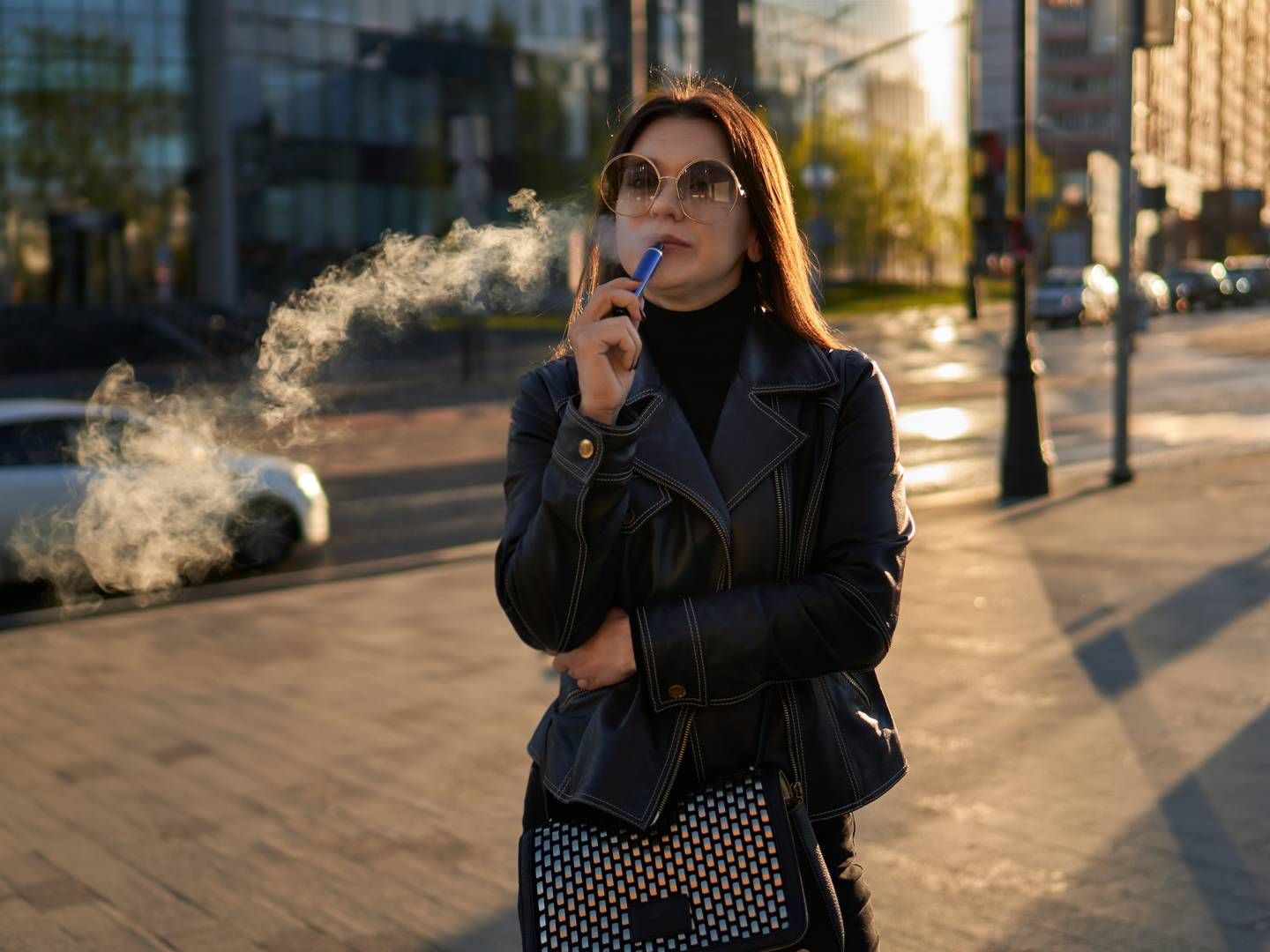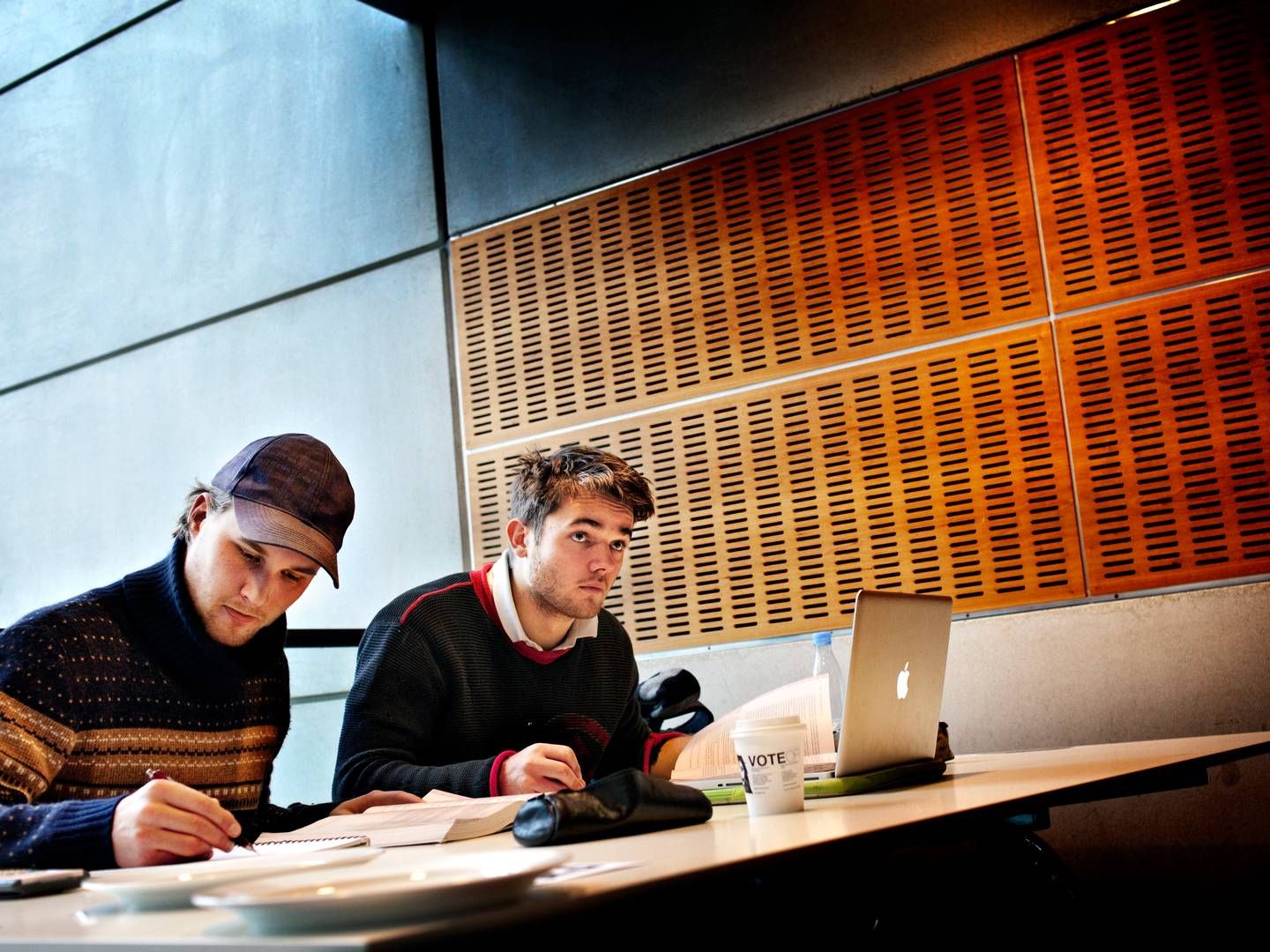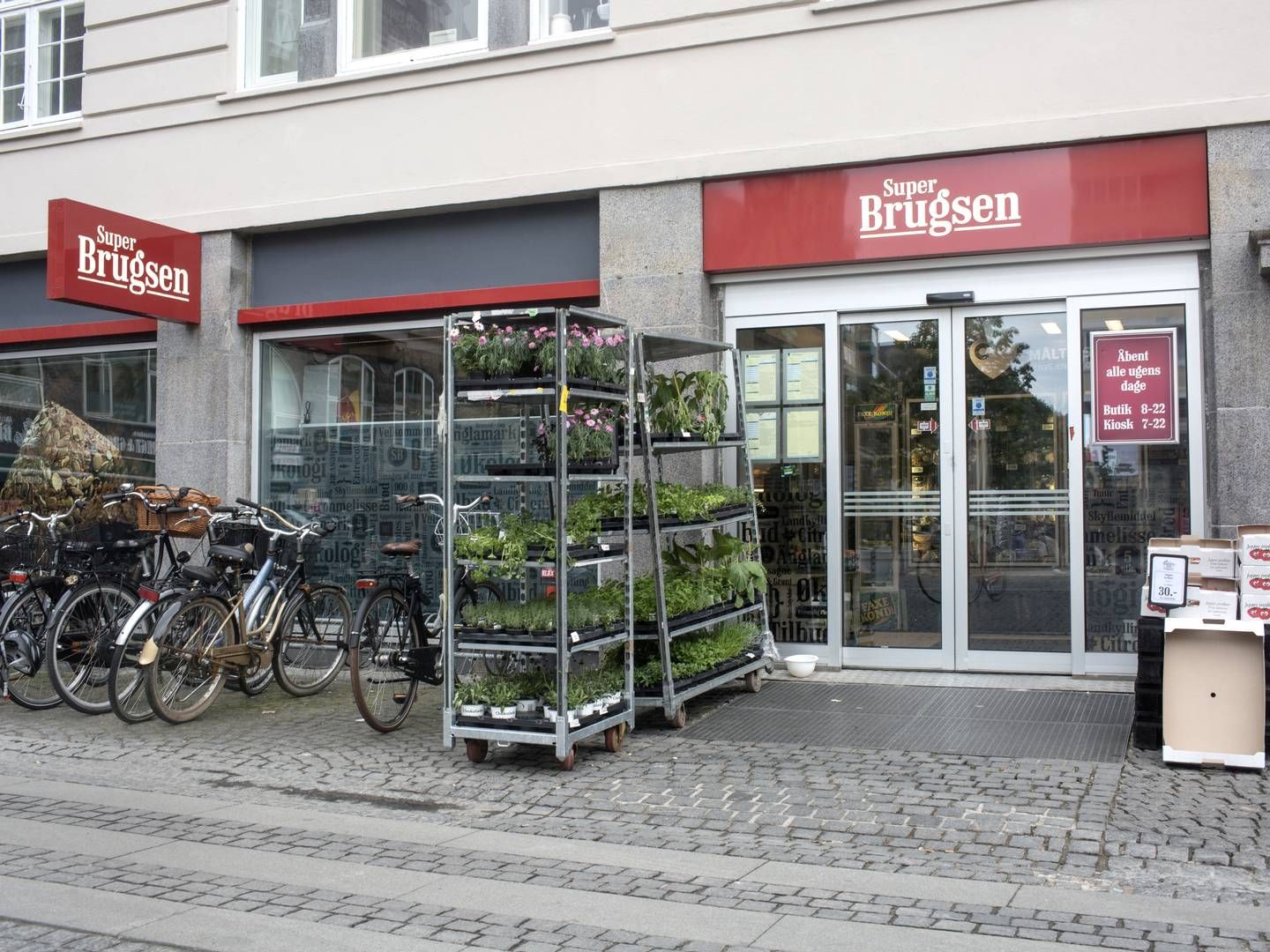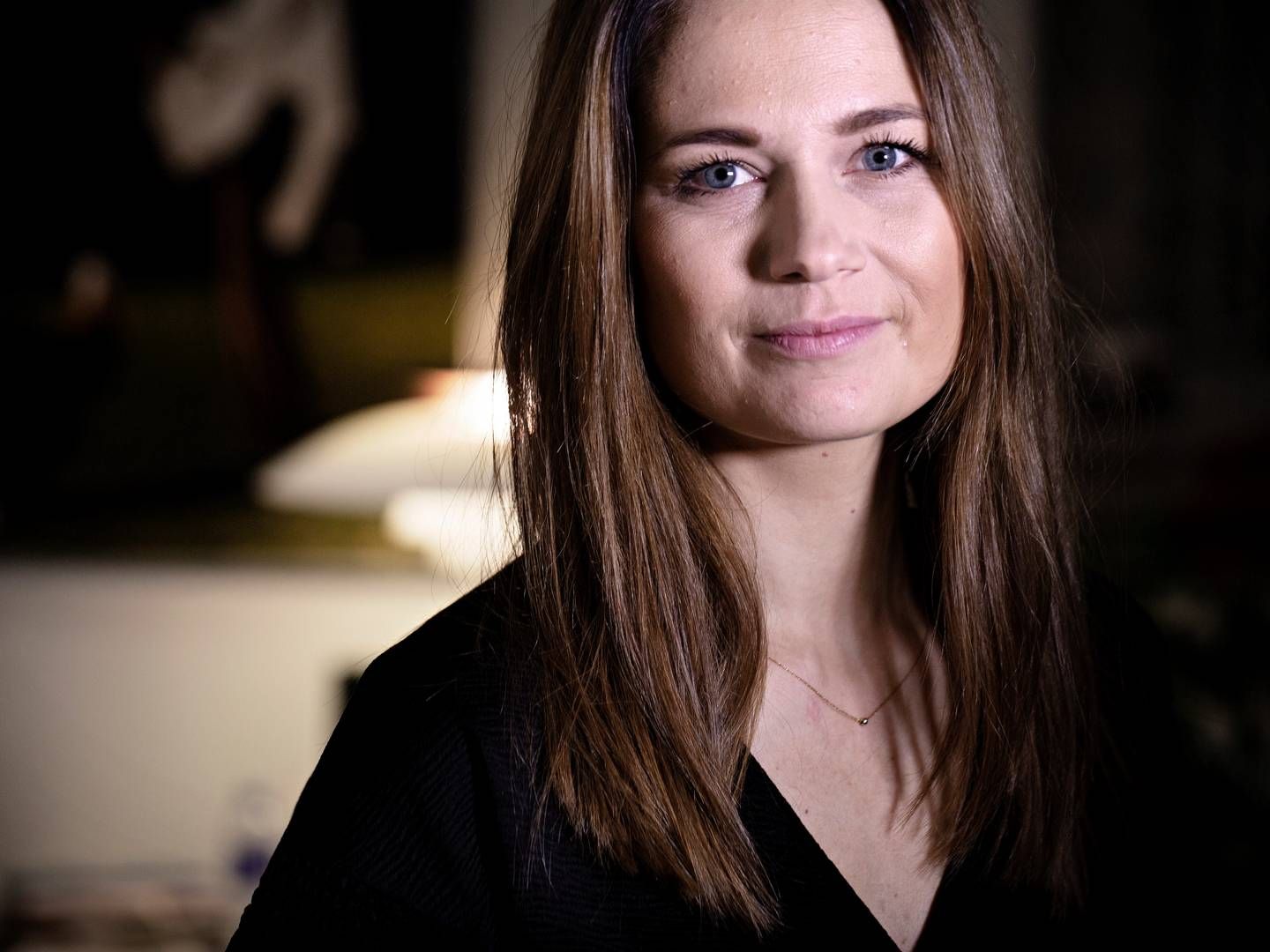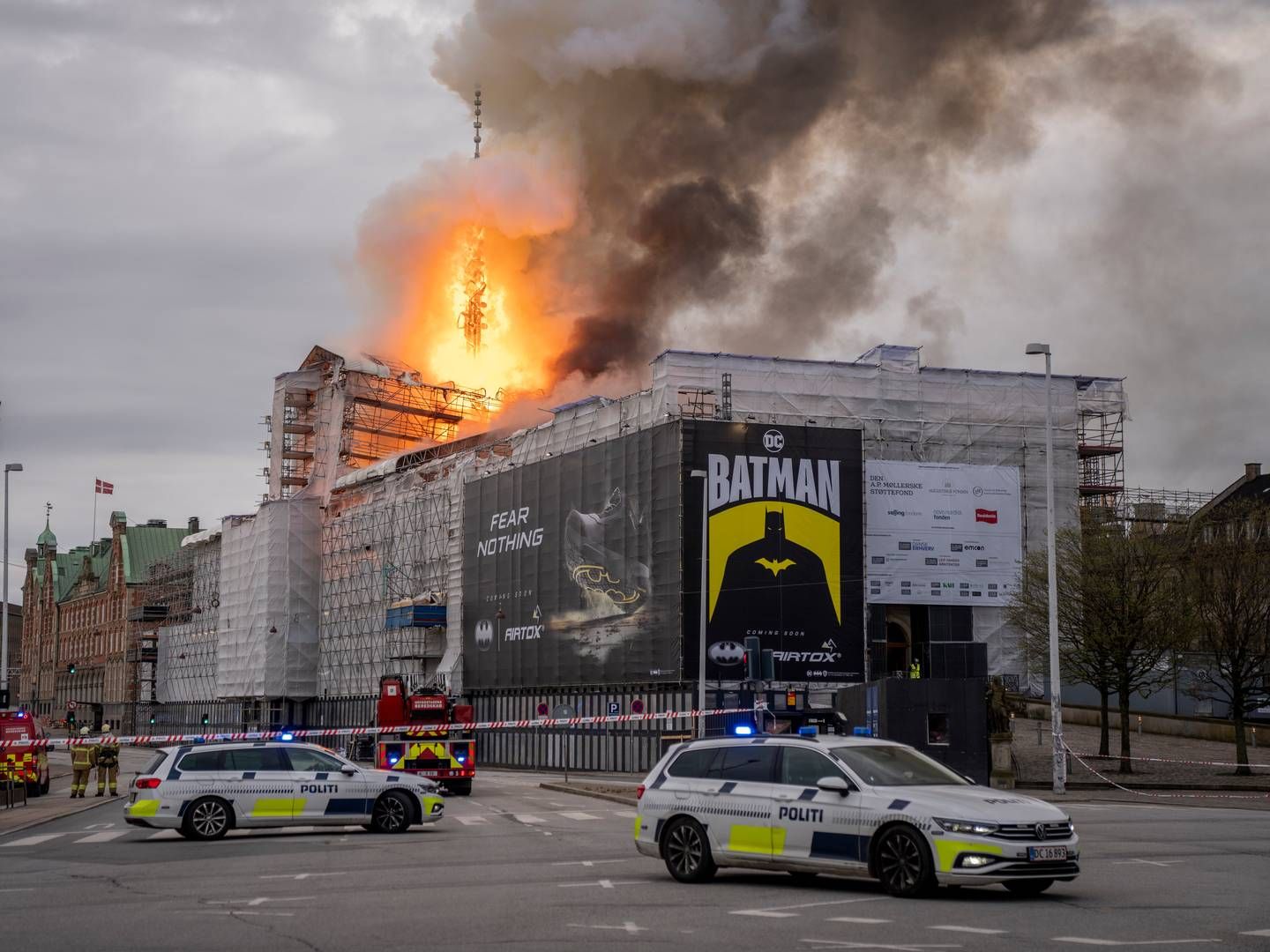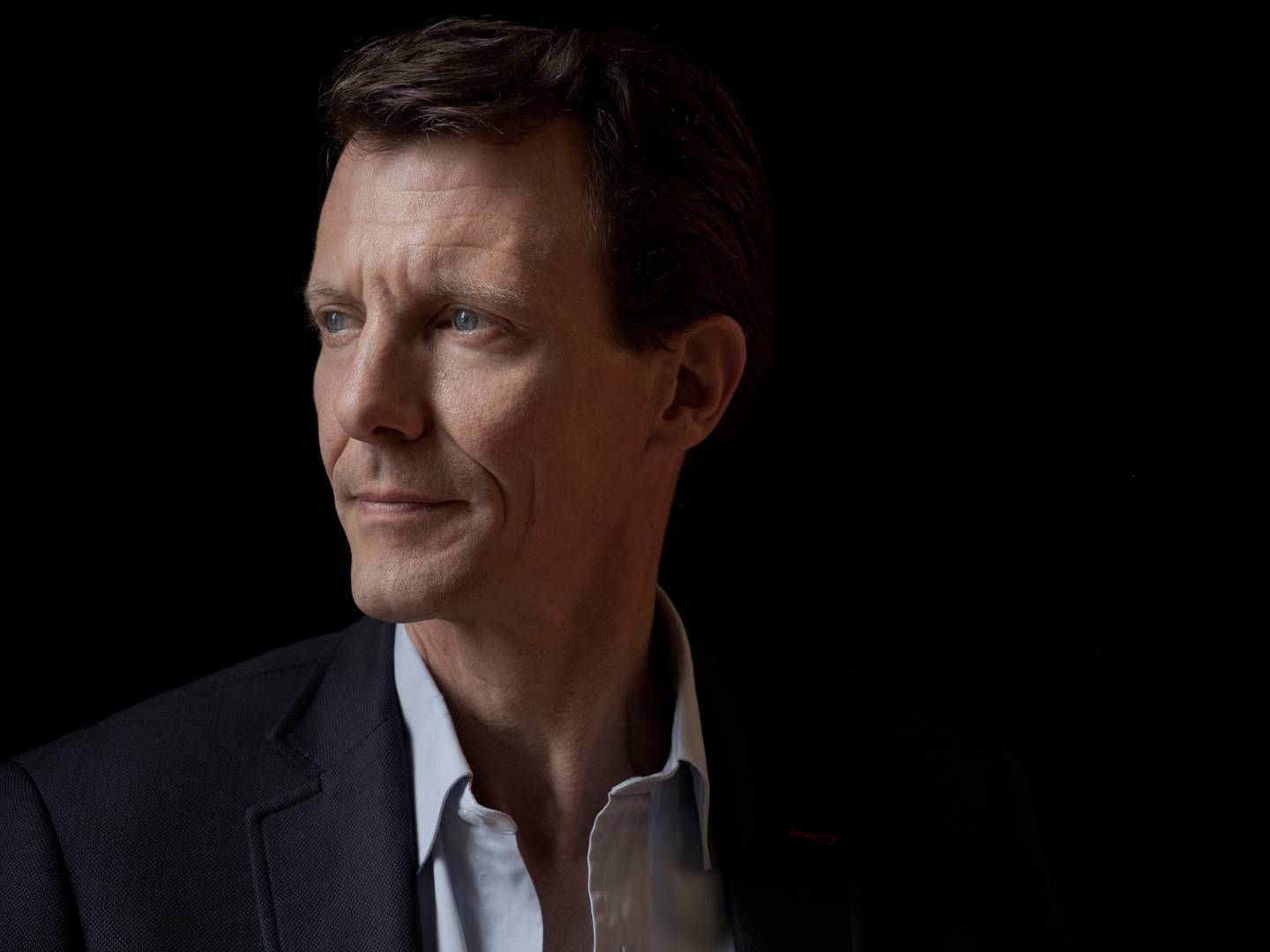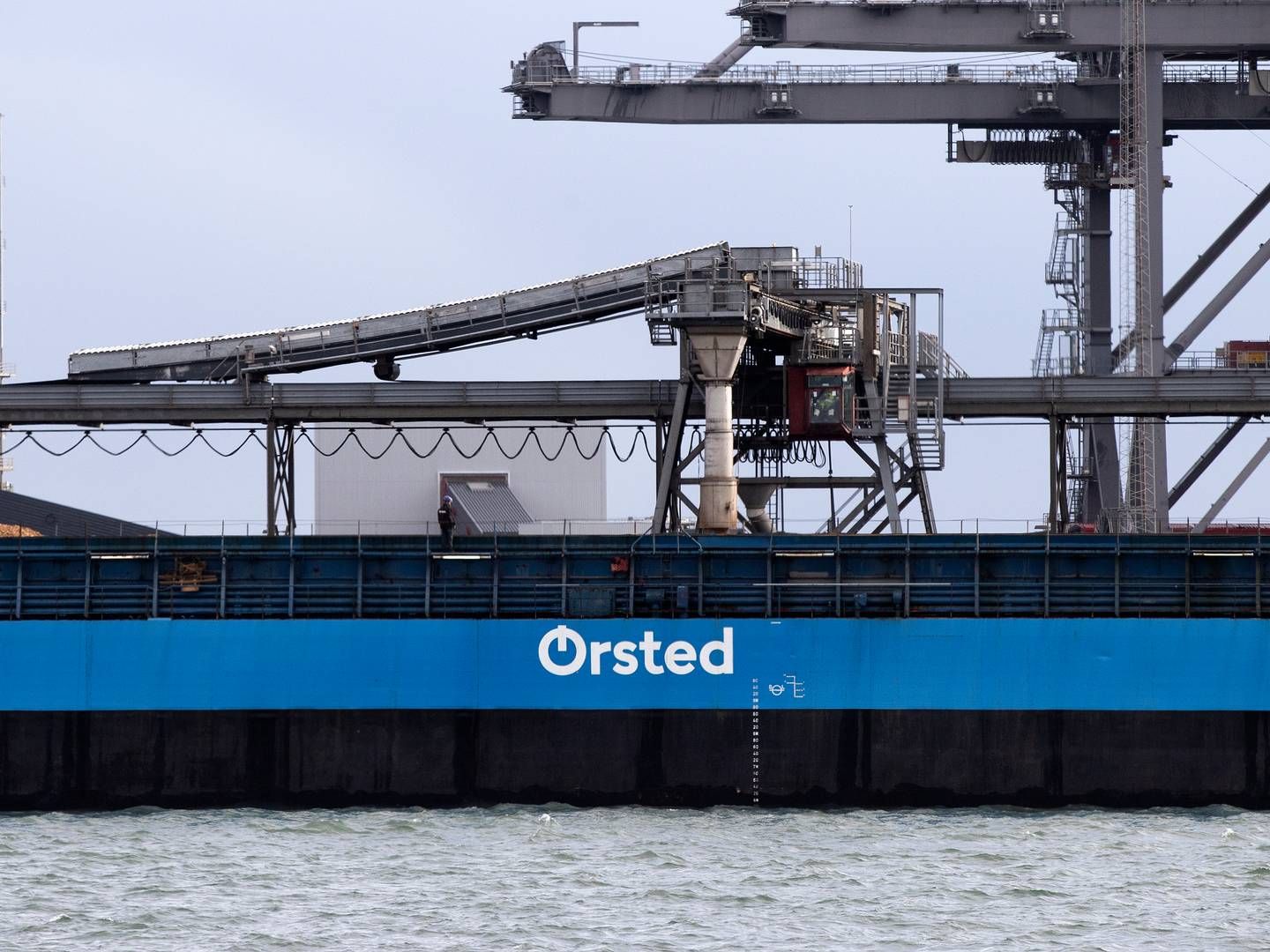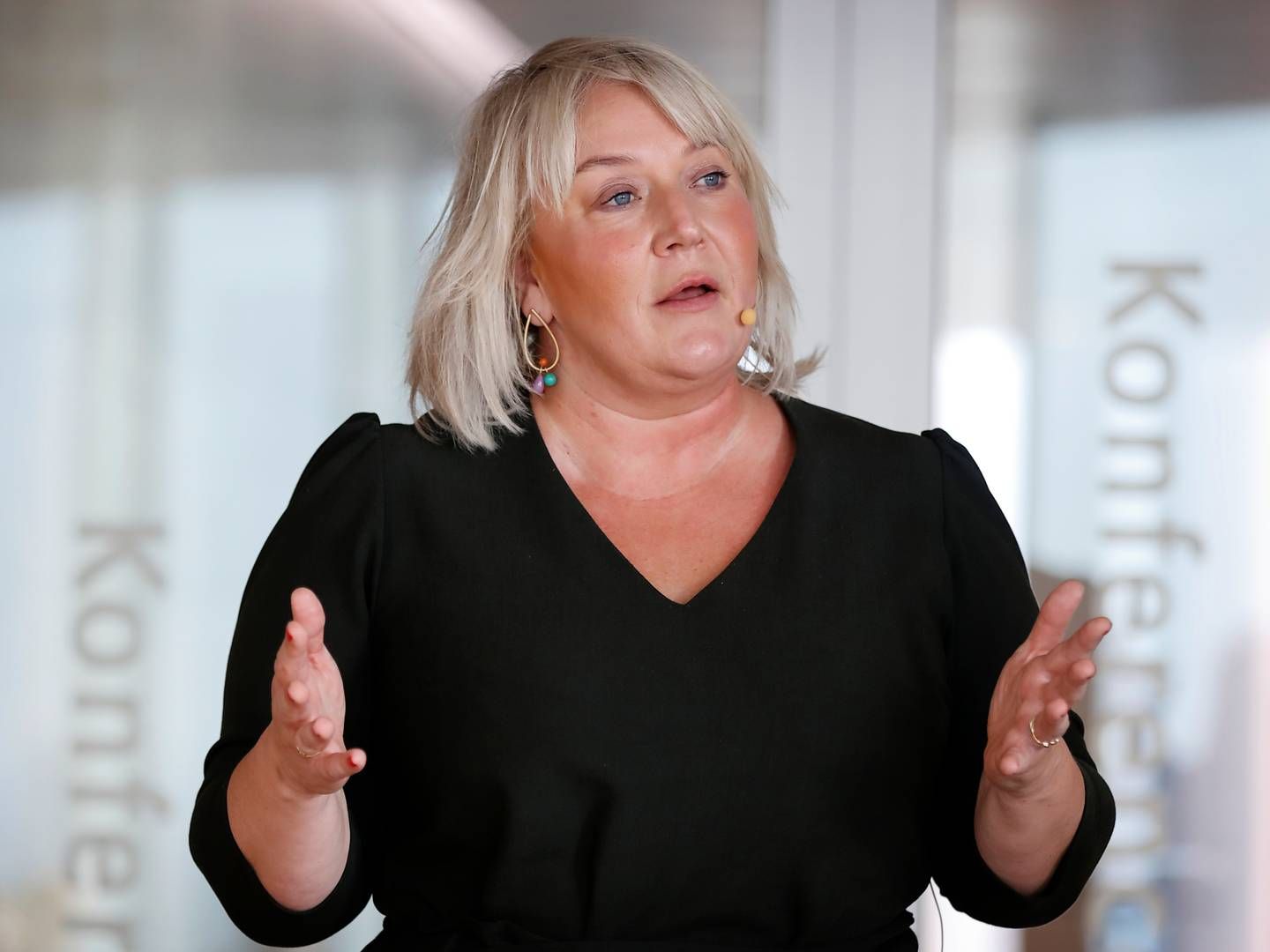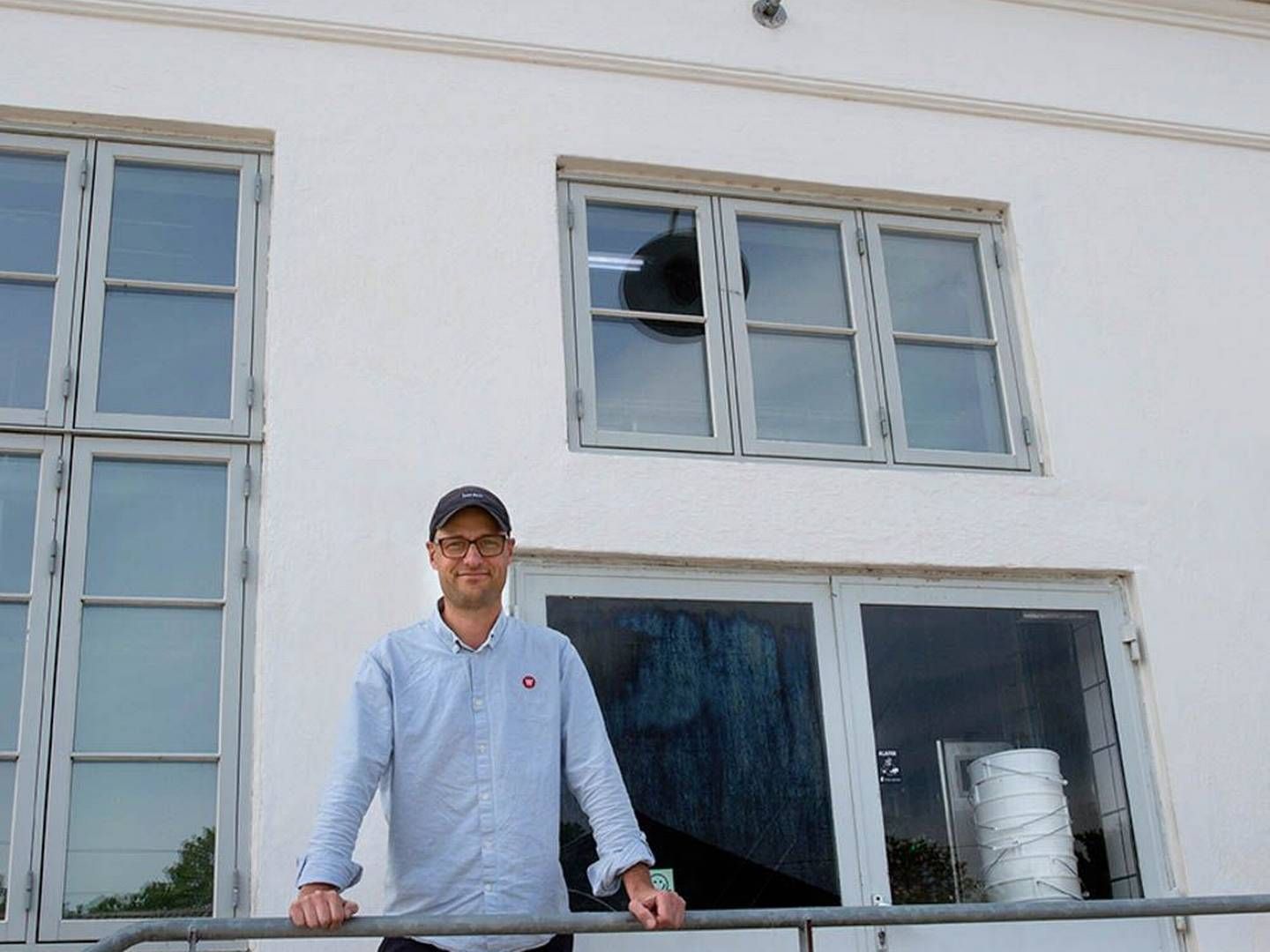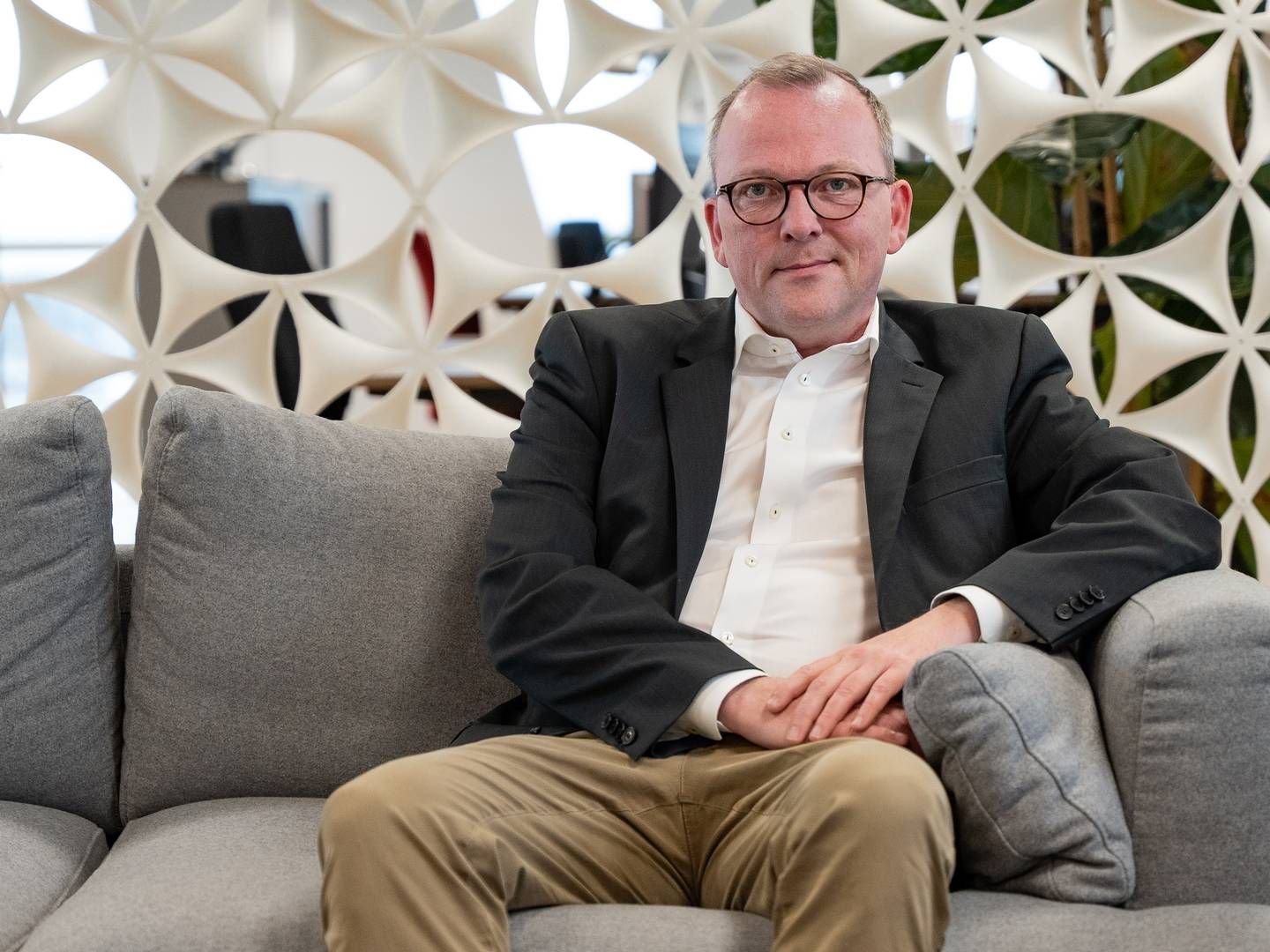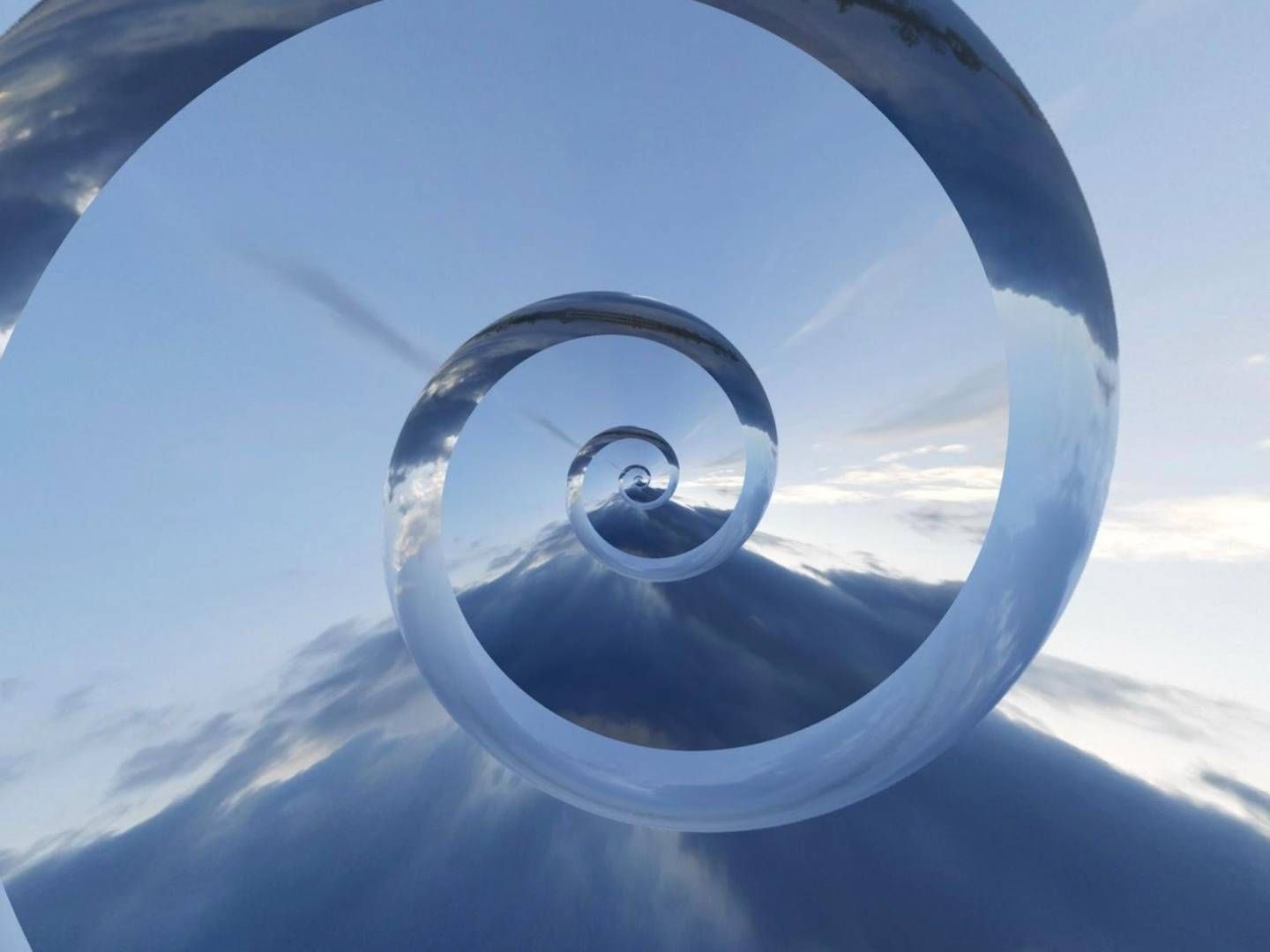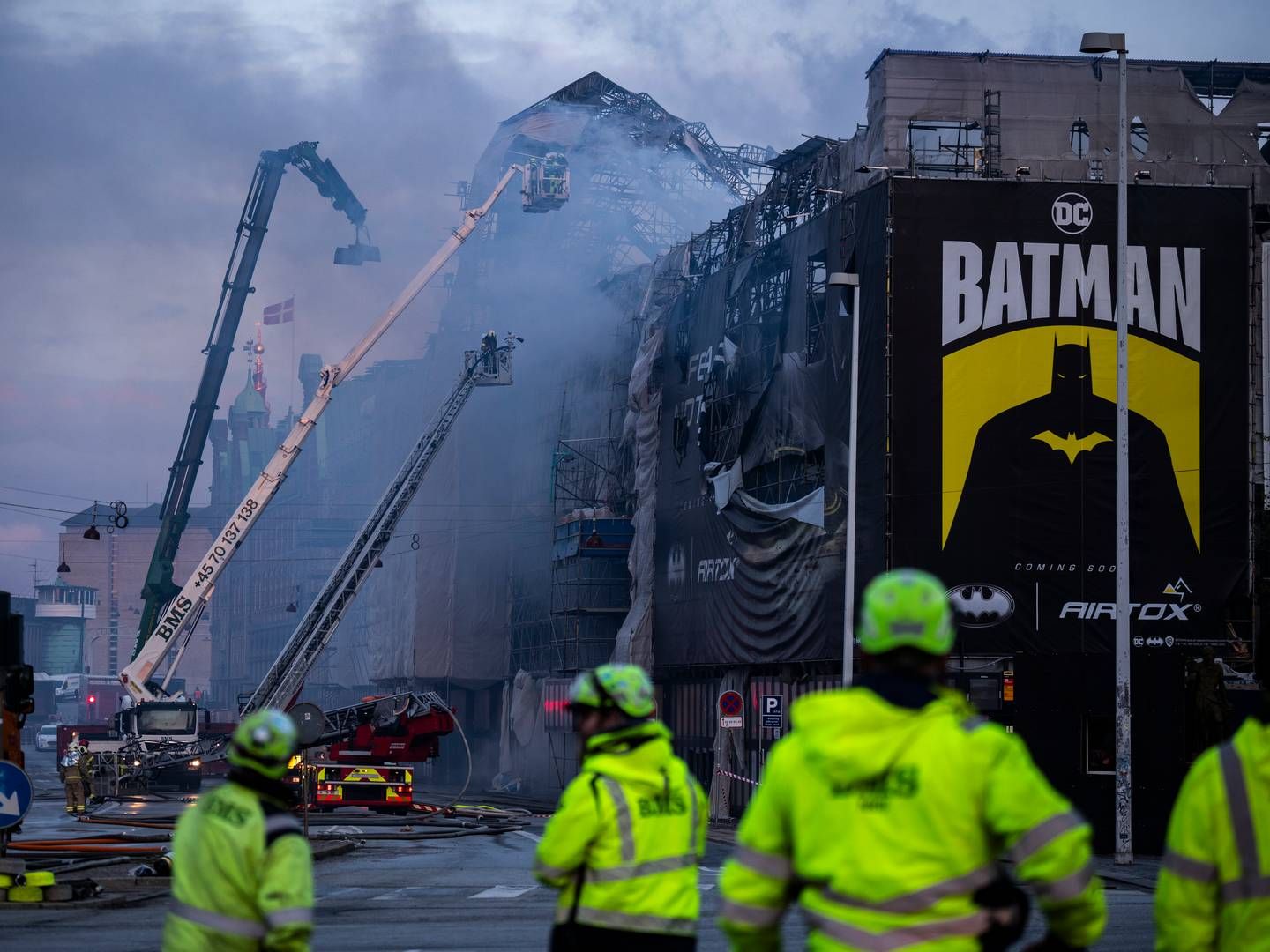What does your brandscape look like?
True, the commercial use of architecture is nothing new. Already in the late 19th century department stores like Aux Primtemps in Paris, built elaborate and spectacular environments around the goods on offer, to give consumers a sort of other-worldly experience as part of activity of shopping. And big American corporations like MGM and Chrysler were quick to utilize the expressive potential of the sky-scraper as a way to impress their corporate might and grandeur.
Brandscaping is design and architecture
But contemporary brandscaping is different in its strategic aims, It is not primarily about spectacle and escapism, nor primarily about representing corporate power. Rather it is about using design and architecture to organize processes of communication and interaction so that these become co-productive of the brand experience. Indeed at Niketowns- Nike’s temple-like brandscapes in London, Berlin, New York and Chicago, physical movement and social interaction among consumers is structured in such a way that a continuous quasi-religious reverence of the brand is created, with Michael Jordan’s old shoes are exhibited on an altar-like structure, like relics. Like in a church, the architecture puts visitors to work in co-producing the experience. The defining aim of contemporary brandscaping is to create an environment in which the user is put to work in co-producing a particular kind of experience.
Disney and McDonald’s
While the use of architecture to organize a collective experience has a long history with temples, churches and other forms of religious buildings, it is relatively new as an aspect of brand management. Disney was an early pioneer building distinct brandscapes- Disneylands- that materialized the brand’s values into a distinct participatory experience, which included both a political ideology- the soundness of American Modernity its reassuring future prospects, and the universality of consumer culture. McDonald’s is an other early example where the distinct architecture of the restaurants, and the highly structured demeanor of the employees have become as important to the brand experience, as the chain’s heavily standardized Hamburger recipes. Significantly, both Disney and McDonald’s have since expanded their brandscapes to involve forms of social interaction that lie outside of their core activities: the residential complex Celebration in the case of Disney and Ronald McDonald hospitals for children in the case of McDonald’s.
Prada, Armani, Mandarina Duck and Hermes
The real boom, however came in the 1990s when a number of high-end brands, like Prada, Armani, Mandarina Duck and Hermes began to employ famous architects, like Marc Newson, Renzo Piano and Rem Koolhaas to design their stores and show rooms. At the same time, the McDonald’s model generated a number of clones, like Starbucks, Prêt á Manger, or the ubiquitous (in the UK) Café Nero, where shop design, together with the scripting of employee behavior and attitudes (it was rumoured that Café Nero, in its attempt to recreate what it understood as an ‘authentic Italian coffee bar experience’ only hired dark haired baristas..), music and smell, were coordinated to generate an experience that became the key source of value for the brand. (Enabling Starbucks to charge a couple of pounds for a cup of coffee, not exceptional in London perhaps, but in Istanbul the price is the same....).
A broad concept
Brandscaping is a broad concept and it can be used in many different ways. The more mundane, everyday strategy is to use coherent forms of architecture and shop design to provide a continuous and repeated experience of the brand. Zara, for example uses distinct shop design, music and smell to provide a particular shopping experience that enhances the values of the brand. As clothes are cheap and turn-over high, many customers frequent the store often thus making the experience of the brandscape a recurring element of their interaction with the brand.
The Niketown strategy is rather the opposite: constructing a space that works as a kind of shrine and that is not really intended to sell anything (although it is of course possible to buy sneakers there). Rather the idea is that the unique experience will be remembered and triggered by more mundane stimuli, like advertisements and ordinary shop displays. Nivea tries to achieve something similar with their Hamburg-based Nivea Haus. Spa treatments, massage, make up and hairstyling, all performed with Nivea products in an environment that embodies the ‘essence’ of Nivea provides a close and intense experience of the brand that, it is hoped, will trickle down and boost the efficiency of ordinary shop displays. An extreme example of this is the BMW ‘Event and Delivery Center’ in Munich, a monumental space ‘designed to stage the handover of the new vehicle to the customer as an unforgettable event’.
Invited to participate in cocktail parties
Another similar strategy employed by luxury brands is to turn the brand into an exclusive venue for social interaction, like a sort of braded saloon. Prada and Luis Vuitton routinely do this in Asia, where people who buy real bags (or other objects) get invited to participate in cocktail parties. art shows , and other mundane events at the Tokyo or Bangkok Prada premises. The new Prada space at Rodeo Drive in Los Angeles aims at becoming something similar, a center for exhibitions, talks and discussion. Its stated mission is to counteract the present tendency towards the privatization of public space (!) Bulgari invests heavily in its art collection and has plans for opening an art museum. Another growing trend is brand hotels. Armani singed a deal with real estate developer Mohammed Ali Alabbar Sign for a series of Armani luxury resorts, the first to open in Dubai in 2008. Versace and Bulgari already have their own.
Fusion between brand management and architecture
Why then this contemporary fusion between brand management and architecture? It is an effect of two interrelated trends. On the one hand brandscaping is part of the contemporary expansion of brands, from the limited status of symbols or media objects, to more ambitious platforms for actions and experiences that extend into the lived physical spaces of real life. Think the ubiquitous Nike Swooshes on Berlin playgrounds. On the other hand there has also been a significant development of architecture. Architects have begun to abandon both the idea of representational architecture, and the modernist ideal of constructing buildings around a standardized idea of human nature, to think of space as a strategic medium that can achieve particular things and give birth to particular social processes. The vernacular of American commercial architecture, Las Vegas and Disneyland have been particularly influential in this respect, as already Robert Venturi underlined in his greatly influential manifesto, ‘Learning form Las Vegas’. The influence of new technologies, flat screens, near ubiquitous computing and surveillance has further enhanced this conception of architecture as a medium, as a form of ‘augmented space’, to quote Lev Manovich’s influential essay. It simply has become possible to do more with space and design.
Brandscaping enters Urban Branding
Lately this conception of architecture as a medium to be deployed strategically to achieve a particular process or experience had been employed heavily in urban re-generation. Thus brandscaping enters Urban Branding with projects like the Guggenheim in Bilbao (or, on a more modest scale, Turning Torso in Malmö). The assumption, successful in the case of Bilbao, is that the brandscaping of the city, usually centered around one or two pieces of exceptional architecture, will achieve a deep transformation of the culture of the city, change it, as in the case of Bilbao (or for that matter Manchester or Liverpool) from a decrepit post-industrial city to a booming Mecca for the ‘Creative Class’. One of the latest and perhaps most (overly) ambitious projects along these lines is the Naples metro which, incorporating contemporary architecture and antique remains, will not only provide an ‘obligatory museum experience’ but also serve to revitalize degraded neighborhoods of which the city, with its official unemployment rate of 25 per cent, is full. This way design and architecture can but an end to urban squalor, by the pure magic of the brand alone!
Læs mere:






